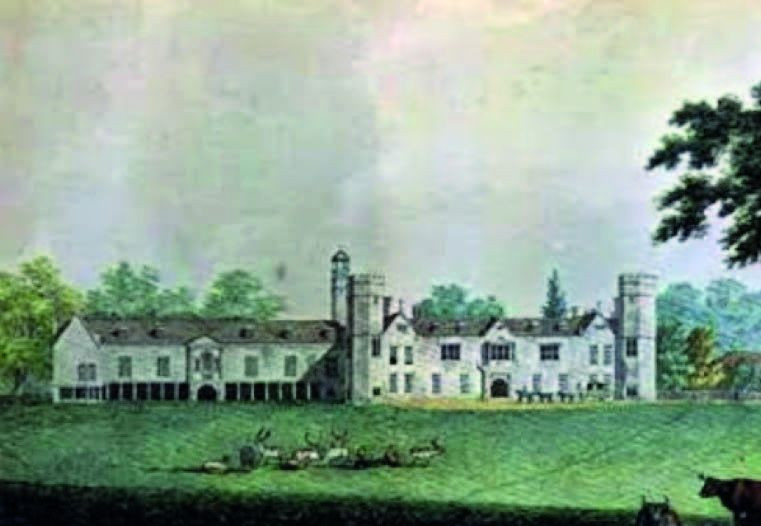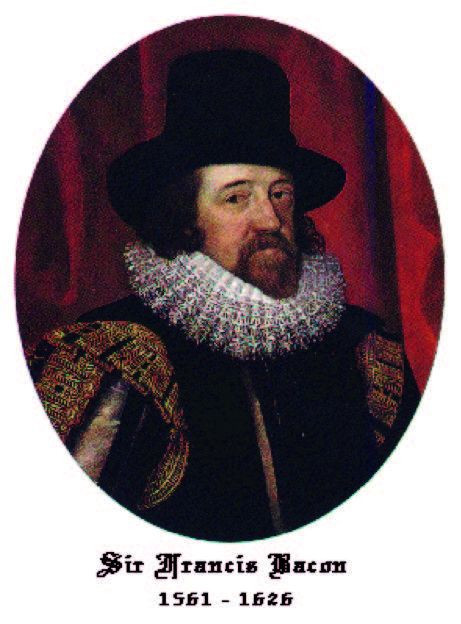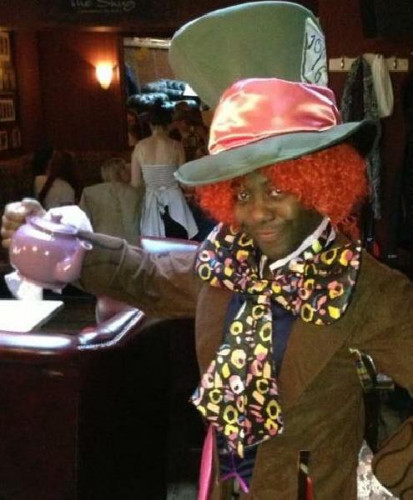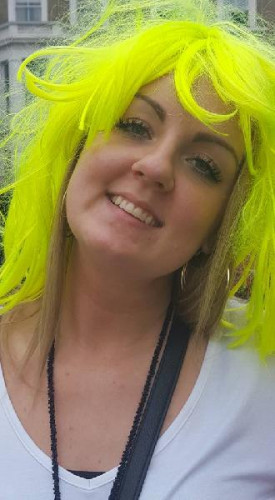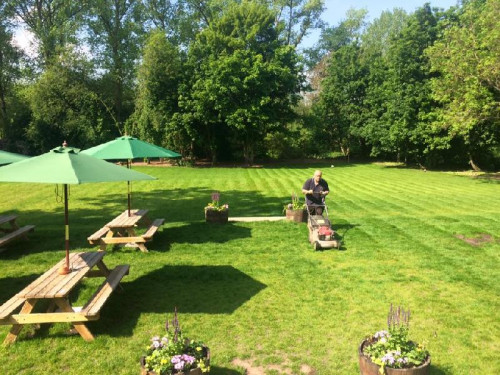St Albans and its surrounding lands have a long and rich history, illuminated through the ages by Celts, Romans, Anglo Saxons, Normans, Civil War, kings, saints, and Mary Carbery, English author and notably the first person to have installed a bathroom in a caravan.
The great philosopher Francis Bacon lived here, as did Benny Hill, Jimmy Hill, Donovan, David Essex, John Sessions, Tim Rice, Stanley Kubrick, the Archbishop of Canterbury Robert Runcie, and Sarah Churchill Duchess of Marlborough. Pope Adrian IV went to school in St Albans in the 12th century, as did Stephen Hawking 800 years later.
The infamous serial killer Graham Young, dubbed the "Teacup Poisoner" was tried at St Albans Crown Court in 1972, having poisoned some 70 people - and all this was after his release from prison for the attempted murder of his father, sister and a friend (his stepmother had already died from poisoning).
The Gorhambury Estate
The property on which the Prae Wood Arms sits was originally part of the estates of the monastery of St Albans, who had been bequeathed the lands by King Ethelred in 996. Abbot Geoffrey de Gorham built a hall at what is now known as Gorhambury, for the use of a benefactor, Hugh son of Humbald, who subsequently took the name 'de Gorham'. He paid an annual fee to the Abbot and Convent of St Albans, and was obliged to preside at the local court every three weeks. In addition to the annual rental, the manor was required to provide 20 hens and 10 cocks at Christmas, along with 100 eggs.
The manor remained the property of the abbey of St. Albans until the dissolution of the monastery on 5 December, 1539, when it passed to the crown, and was granted by Henry VIII on 12 March, 1540, to Ralph Rowlatt, a famous goldsmith from London who became Sheriff of Hertfordshire and Master of the Royal Mint.
The roll call of illustrious owners of the Gorhambury estate does not end there. Ralph Rowlatt sold the property to Sir Nicholas Bacon, Lord Keeper of the Great Seal, who demolished the old hall that had been built by Geoffrey de Gorham and built a new mansion, completed in 1568. Part of the porch and the west wing of the great courtyard can still be seen to this day.
The house became the residence of Sir Nicholas Bacon's son, Sir Francis Bacon, statesman and philosopher, who under James 1 became Baron Verulam and subsequently 1st Viscount St Alban in 1621. An extraordinary polymath, Francis Bacon was a scientist and author, and has been held as the father of empiricism.
Sir Francis Bacon left the house to his former secretary, Sir Thomas Meautys, and in 1652 the estate passed to Sir Harbottle Grimston, Master of the Rolls. The estate is owned by the same family to this day.
James Bucknall Grimston, 3rd Viscount Grimston, commissioned a new mansion in 1777 near to the site of the old hall, which was left to fall into ruin. The new property is the one you can see today, a grand Palladian-style house.
The Gorhambury estate now offer various tours which are all detailed in their website; www.gorhamburyestate.co.uk. The house is open for guided tours on Thursday afternoons from May to September, whilst 'Gorhambury Drive' is usually open from 8am to 6pm (except Saturdays from 1st September to 1st February) and offer permissive paths leading from Bluehouse Hill, Beech Tree Lane and Redbourn Road. The Verulamium Roman Theatre also sits within the estate grounds and is open to visitors; Built in 140AD it is the only example of it's kind in Britain, being a theatre with a stage rather than an Amphitheatre.
The River Ver
The Romans built Verulamium beside the navigable River Ver, which flows behind our pub, though it is a mere trickle compared to the river in Roman times. The River Ver is today a chalk steam, which is partly a seasonal winterbourne, meaning it only properly flows in the winter, partly as a consequence of water extraction through the centuries which has severely depleted its waters.
The River Ver has been a source of commerce for centuries - disused watercress beds occur at many points along the watercourse, many mills were powered by its water flow, and along the river banks behind the present pub were plantations of poplar and willow, used in the manufacture of cricket bats. The willows present today are still Cricket Bat Willows (a hybrid of White Willow) and are very much
prized by cricketers for their lightness and strength.
Thankfully, there is now a very active group dedicated to preserving the River Ver - the 'Discover the River Ver Project' - whose members doggedly clear out the ancient river course and campaign to restore the river to its former glory. The group has organised a series of eight walks following the River Ver, to help bring awareness to the beauty of the river, its richly diverse flora and fauna, and the perils it currently faces.
The present day pub
The area around the pub has been known as the Pre, or Prae, for thousands of years - it is believed to be derived from the nearby Roman Praetorian Gate to Verulamium. Amongst others to share the moniker is a Prae Mill, Prae Hill, where the Catuvellauni had a settlement, and the small Abbey of St Mary de Pre (a nunnery founded in 1190 as a hospital for women with Leprosy).
Lady Frances Cooke Grimston, the seventh of eight children of the 2nd Viscount Grimston and his wife Mary, had lived for many years in Mayfair, London, but worn down by loneliness and unhappy with her life, in 1838 at the age of 81, she decided "to throw away a few hundreds" in building a 'cottage' in the grounds of the family estate. Those 'few hundreds' ended up being £4,139, but she happily moved into the house she named The Pre, and lived there 'til she died aged 91 in 1848. She is buried in nearby St Michaels church.
Henry Toulmin, four-times the Mayor of St Albans and a wealthy ship owner, moved into the Pre in 1881 and embarked on a programme of improvement, adding four bedrooms and landscaping the grounds which led down to the River Ver. There is a stained glass window containing his coat of arms in St Albans Abbey.
Mary Carbery was the daughter of the Toulmins, and lived in the house from 1883. She married Algernon William George Evans-Freke, 9th Baron Carbery of Castle Freke, County Cork, and became a well-published author. Amongst her works are The Children of the Dawn, and
Happy World, which she started writing in 1879 at the age of twelve, but which was not finished for a great many years, and was first published in 1941, 62 years after its inception.
The 4th Earl of Verulam sold the Pre in the 1930's and it was bought by Montague George Dashwood, JP for Hertfordshire, who lived there until the 1950's. We believe during this time it was used by the secret intelligence services during WWII to train agents. From MI6: The History of the Secret Intelligence services 1909 -1949, by Keith Jeffery, in Chapter 15 he writes 'Considerable effort was put into agent training, which was modelled on SOE experience, and run by British and American officers based at Prae Wood in St Albans.'
On the death of Mr Dashwood in 1951, the Pre returned to the Grimston family and was let as a hotel and remained so for over forty years.
We have been dually informed that it was a favoured venue for business lunches during the 70's and 80's as it was nice, quiet and discreet.
When Brunning and Price happened upon it, it was known as The Garden House and was running as a Crown Carvery. We saw it as a diamond in the rough and relished the opportunity to begin negotiations with conservation officers to give the building a new lease of life, uncovering its original features and returning it to its former glory.

